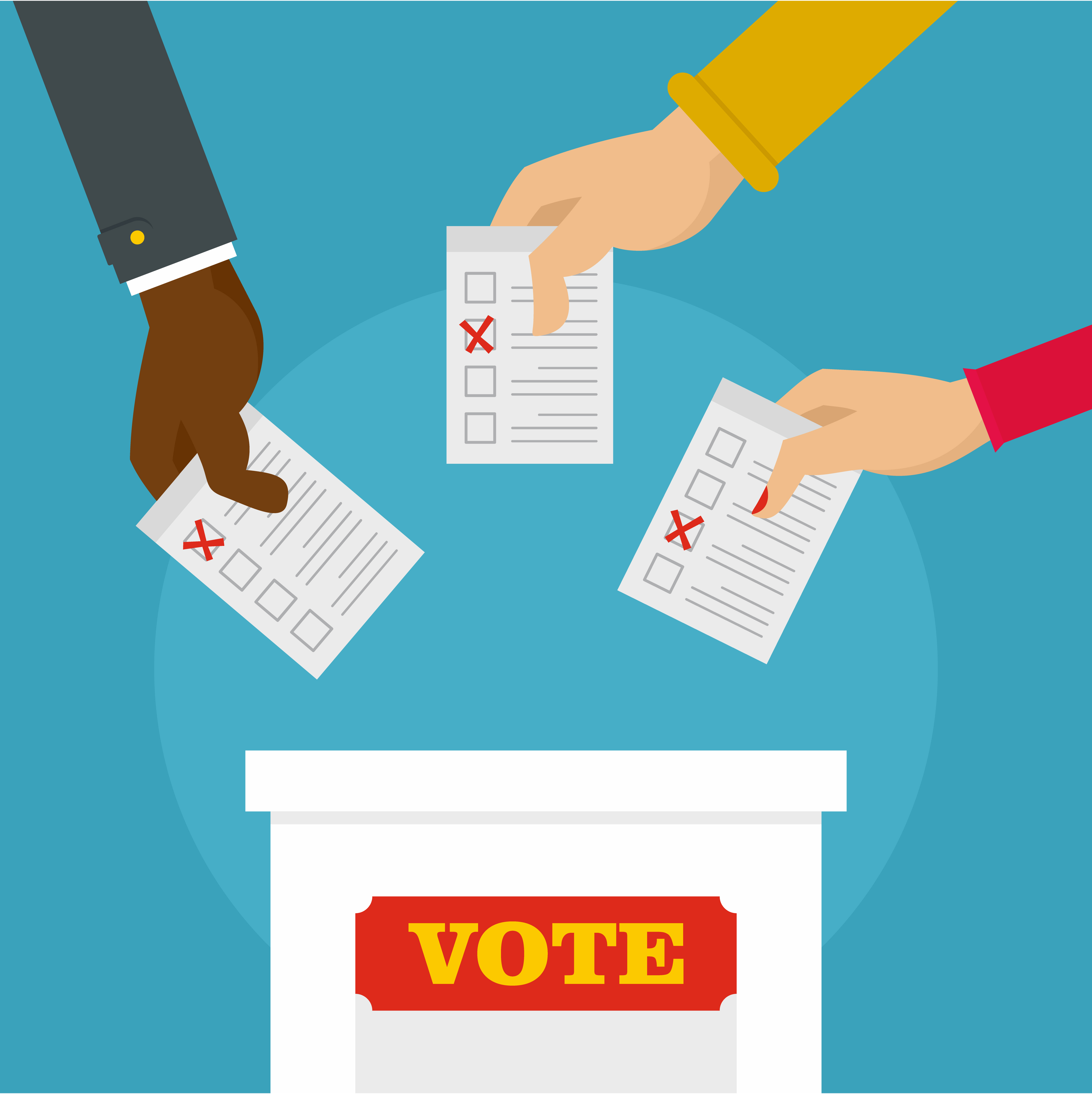
To me, feminism is about countering the notion that feminine traits are lesser because they’re associated with women. This distaste for the feminine affects both women and men negatively, not just women, and limits the options of both genders on what is seen as acceptable. Ideally, we would reach a point where people of all genders are able to live their lives without worrying about these norms, but that will take a lot of work.
The elevation of the masculine and the denigration of the feminine is seen in nearly all aspects of life. I’ve included only a few examples.
Note: Because I’m talking about gender stereotypes and discrimination, this will have instances of being hetero-normative as well as discussing gender in a fairly binary way, and my use of feminine and masculine as descriptors will fit societal norms.
To start with, we can look at athletics, from exercise to team sports. Sports such as yoga, pole dancing, gymnastics, cheerleading, ballet, field hockey, and horse-back riding are commonly seen as sports for women. This means that they are taken less seriously than male-dominated sports, resulting in less coverage and respect for these athletes, both male and female. This designation also means that men who wish to try them out or compete in them will often be bullied and labelled gay, whether they are or not.
This is also seen in things as seemingly-inconsequential as alcoholic beverage choice. Women who drink beer and hard liquor “like men” are cool. However, women who would order a “girly drink” like a cosmopolitan, Aqua Velva, appletini, sex on the beach, or even a glass of wine wouldn’t receive this same respect. This is the opposite with men: By going against the alcohol gender-norm and ordering a girly drink, a man opens himself to being teased, if he is even secure enough to order one in the first place.
The list goes on and on. Women can express themselves through their appearance in a huge variety of ways, with it being socially acceptable for them to wear makeup, feminine clothing, heeled shoes, and colourful jewelry, but they can now also wear masculine clothing like pants and button up shirts. Men are much more limited to typically-male forms of personal expression. This is another example of association with the female gender being a negative—women had to fight to be allowed to wear what men could, but men will be bullied for dressing or presenting in feminine ways. There’s even a stigma for men who just want to throw on some concealer or foundation to even out their skin, which should be seen as gender neutral.
This eschewing of the feminine hurts the many women who do want a more traditional life, such as living as a stay-at-home mother or wife, or who want to practice traditionally-feminine hobbies like knitting, baking, and scrapbooking. Since it is now acceptable for women to enter the workforce and stay even after they have a child, it has seemingly become expected, as if it is a betrayal of our progress as a gender to choose “the old way.” It should be viewed as equally acceptable for someone of any gender to be a stay-at-home spouse or parent while their partner works, just as it has become acceptable for someone of any gender to work.
Since traits such as being caring and empathetic are considered feminine, women are often seen as the more important parent. In divorce cases where the father is clearly the better parent, the mother may still get primary custody. This stereotype can damage families and children, because women can be callous, overbearing, and any number of negative traits just like men can be, and men can be just as caring, empathetic, and “motherly.” The last two points also extend to the issue we have with maternal leave and paternal leave—parents are important regardless of gender, and all should be able to spend time with their newborns and help during a very stressful period.
On this topic, obvious displays of emotion such as crying are seen as feminine, and many men are raised believing that they have to always be tough, logical, and unemotional. This makes it less likely for men who are dealing with trauma, abuse, or mental health problems to get the help that they need, or even open up to others. Horrifyingly, men who report being sexually assaulted are often not taken as seriously as women—not that women are often taken seriously—because they receive even worse victim blaming. They’re a man; couldn’t they fight their attacker off? If the perpetrator was female, why wouldn’t they like it? Statistics also show a much higher rate of completed suicide in men than women, which is influenced by many factors. However, the ability to open up and feel okay getting help and attending therapy could only help.
I have seen criticisms of feminism and modern-day society saying that we want to turn all men into girly wimps, or are against traits viewed as masculine. This isn’t the case at all. If you are a man or woman who wants to behave or show masculine traits, that is fantastic, because it is what you want to do. However, if you’re a person of any gender who wishes to behave or present femininely, that should be equally accepted and respected.
To conclude: Feminism is, at least to me, about helping people of both genders have the option of choice by elevating things which are feminine to the same level as those that are masculine. Perhaps one day it will be acceptable for anyone who wants to act in a stereotypically feminine manner without facing scrutiny. We can work towards this by accepting alternate forms of expression, taking the problems of those around us seriously regardless of their gender, and working to make our actions as inclusive as possible.

